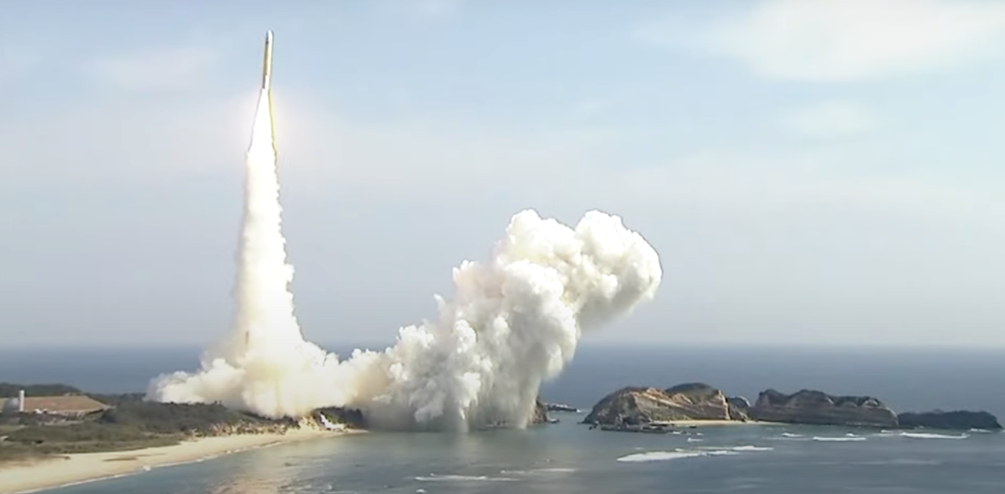
H3 lifts off from Tanegashima Space Center.
Credit: JAXA live stream
SINGAPORE–The Japan Aerospace Exploration Agency’s (JAXA) new H3 rocket failed March 7 after a successful initial liftoff, destroying the H3 and the Advanced Land Observing Satellite-3 “Daichi-3” that it was carrying. JAXA said it transmitted the destruct command from the Tanegashima Space Center...
Subscription Required
This content requires a subscription to one of the Aviation Week Intelligence Network (AWIN) bundles.
Schedule a demo today to find out how you can access this content and similar content related to your area of the global aviation industry.
Already an AWIN subscriber? Login
Did you know? Aviation Week has won top honors multiple times in the Jesse H. Neal National Business Journalism Awards, the business-to-business media equivalent of the Pulitzer Prizes.
